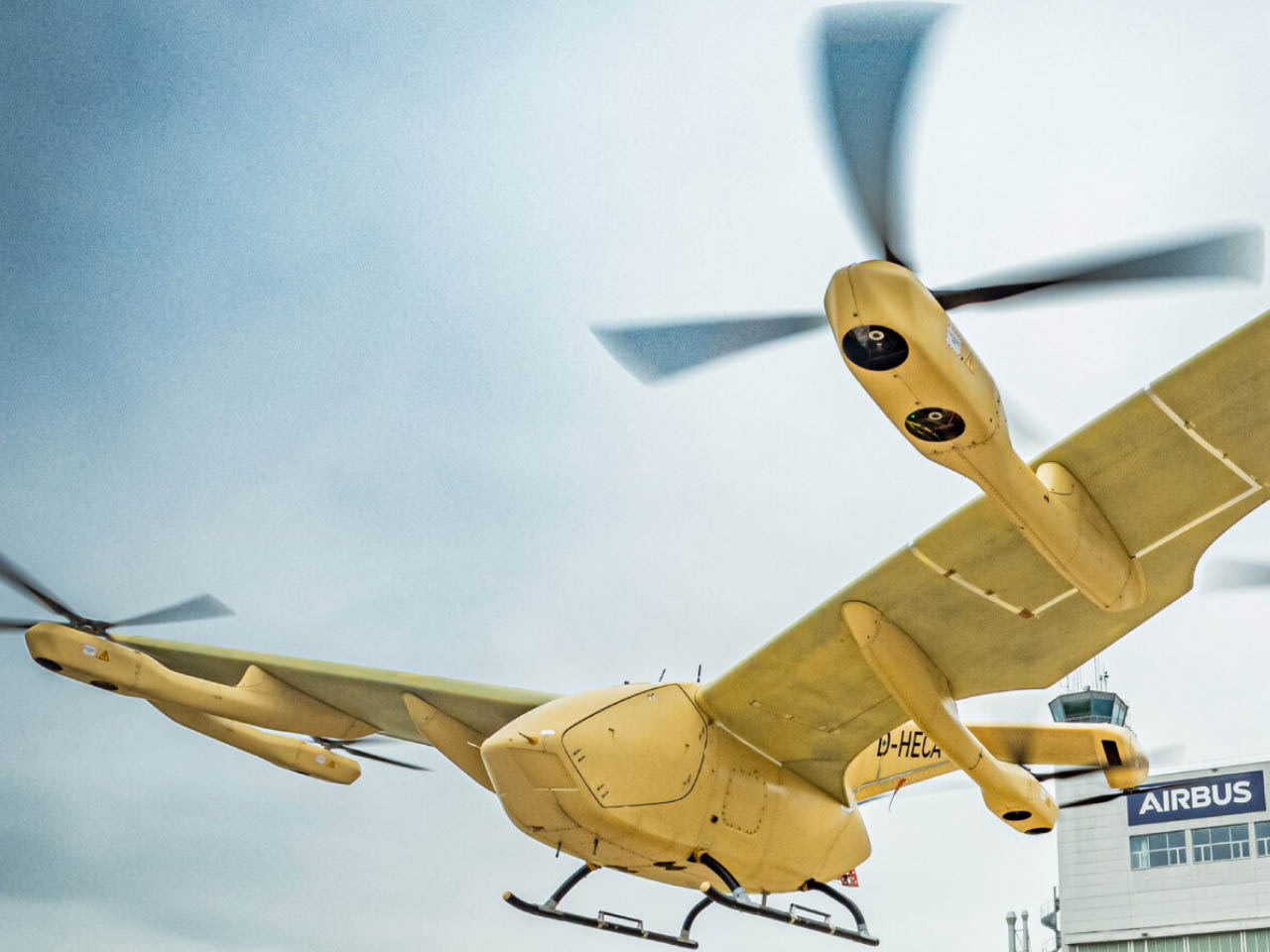
On the road to a future of aircrafts that consume lesser fuel, are low maintenance, and have no carbon emissions; electric vertical take-off and landing vehicles will play a significant role. Such aircrafts are in their infancy as of now, so the news of an eVTOL making its take-off debut in Germany is a big milestone.
The CityAirbus NextGen eVTOL which has begun its official flight test campaign in Donauwörth, Germany, made the first remarkable unmanned lift-off around November 6, 2024, at the said Airbus facility. Unveiled in March 2024, this fully-electric eVTOL is part of Airbus Helicopters Advanced Air Mobility mission to produce eVTOL personal air vehicles alongside, UTM services, and vertiports.
Desginer: Airbus CityAirbus
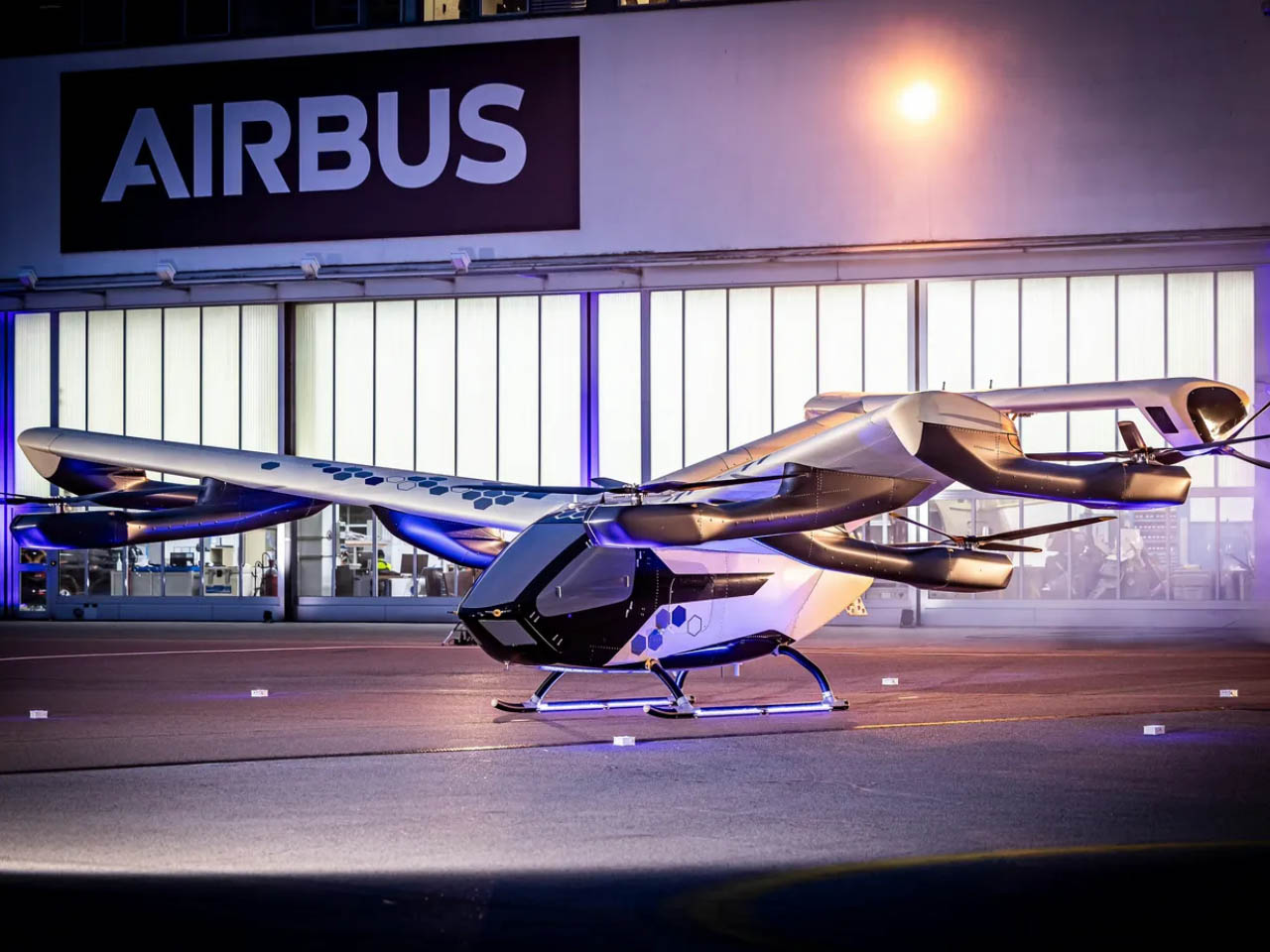
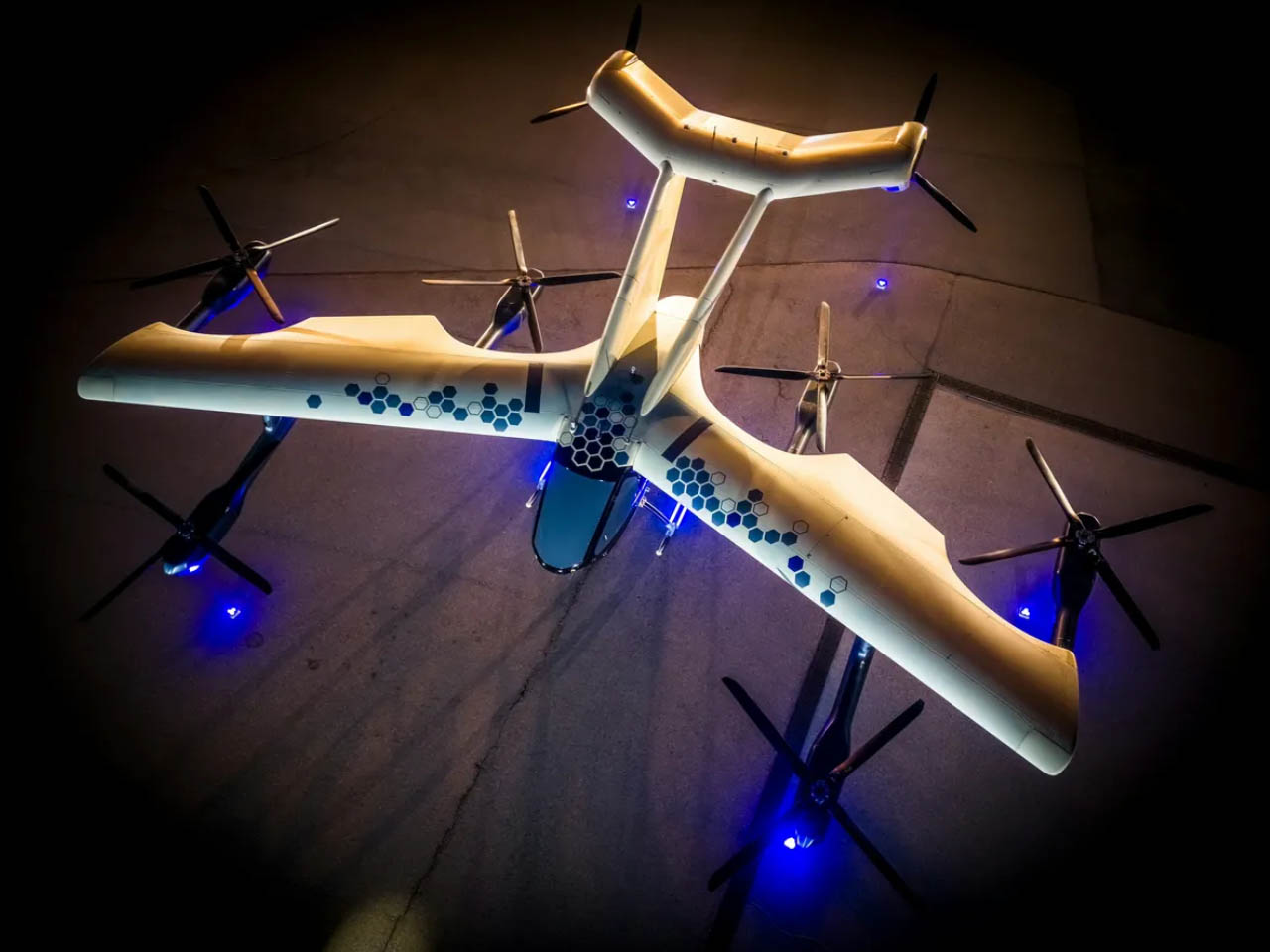
The news about the flight test and the debut take-off of the NextGen eVTOL was announced via X by Airbus Helicopters’ Bruno Even. In his post, the CEO wrote, “I’m happy to share that the #CityAirbus NextGen flight test campaign in Donauwörth, Germany has started with a first lift-off. A big thank you to all our teams who have contributed to this important step in the marathon that is Advanced Air Mobility.”
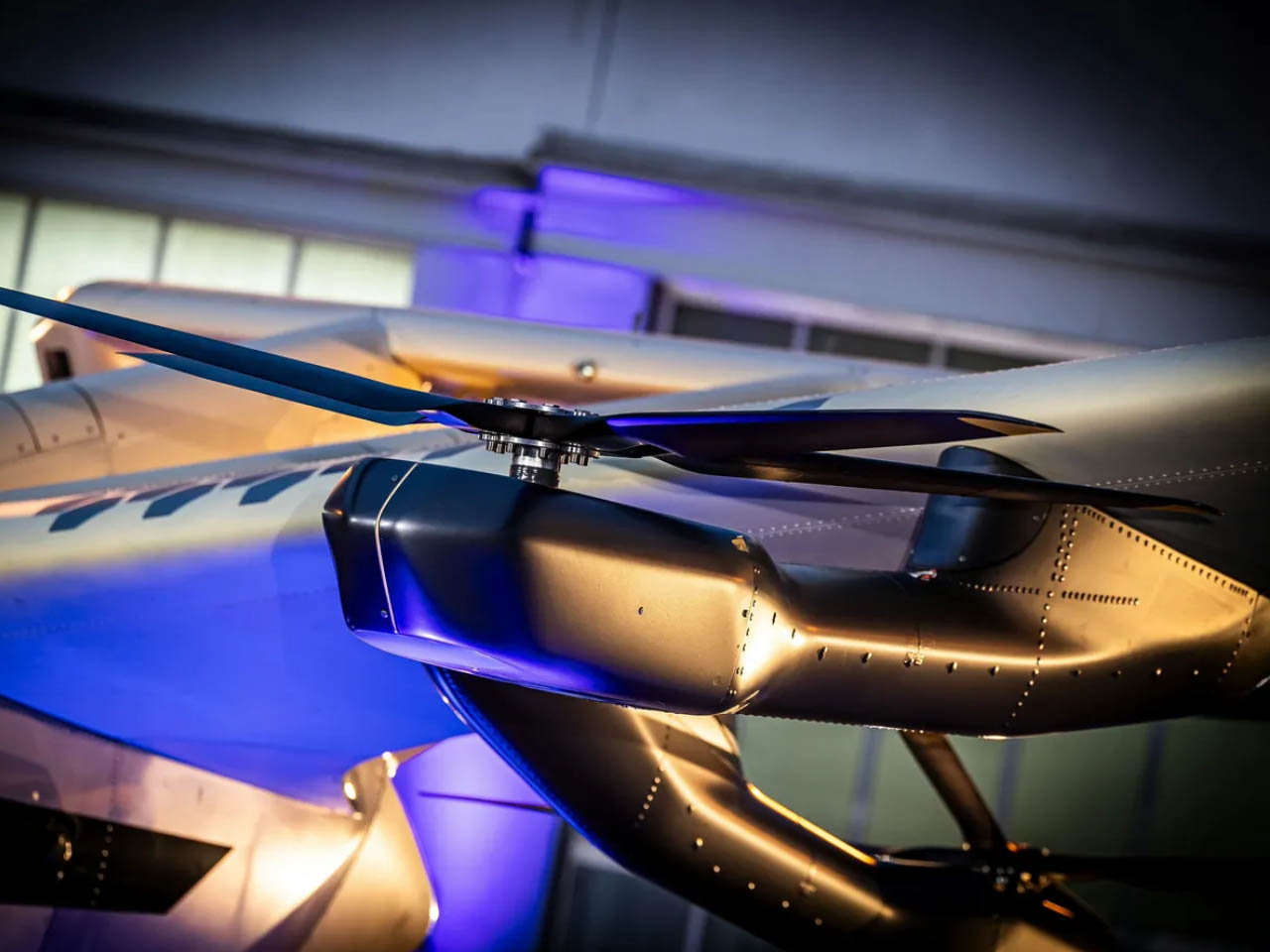
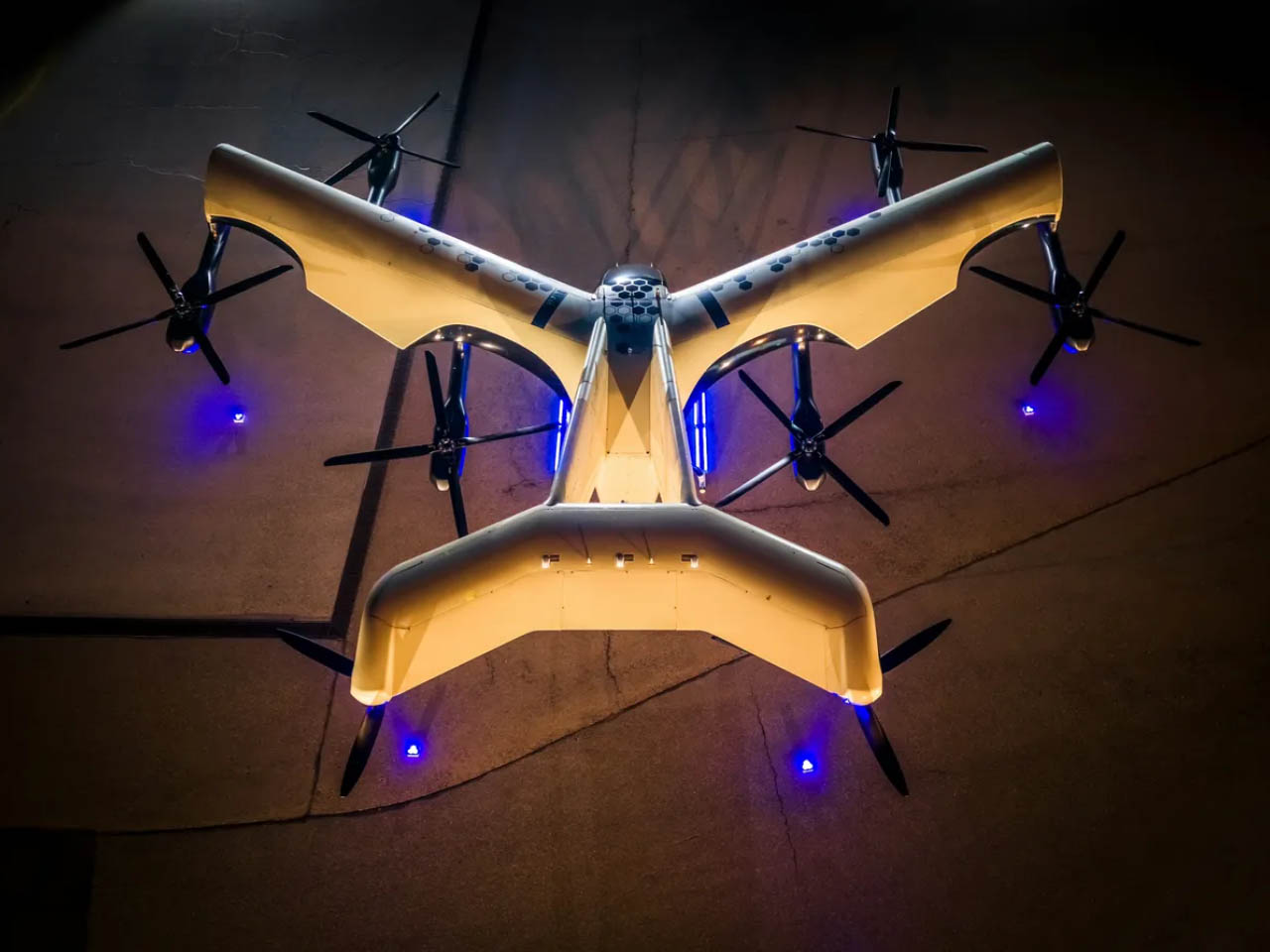
The eVTOL features a large 12-meter wingspan, the wings are fixed and its tail has a distinct V shape. The four-seater electric vertical take-off and landing vehicle prototype – with the seating capacity of one pilot and three passengers with their luggage – can cruise 80 km on a single charge at the speed of 120 kmph.
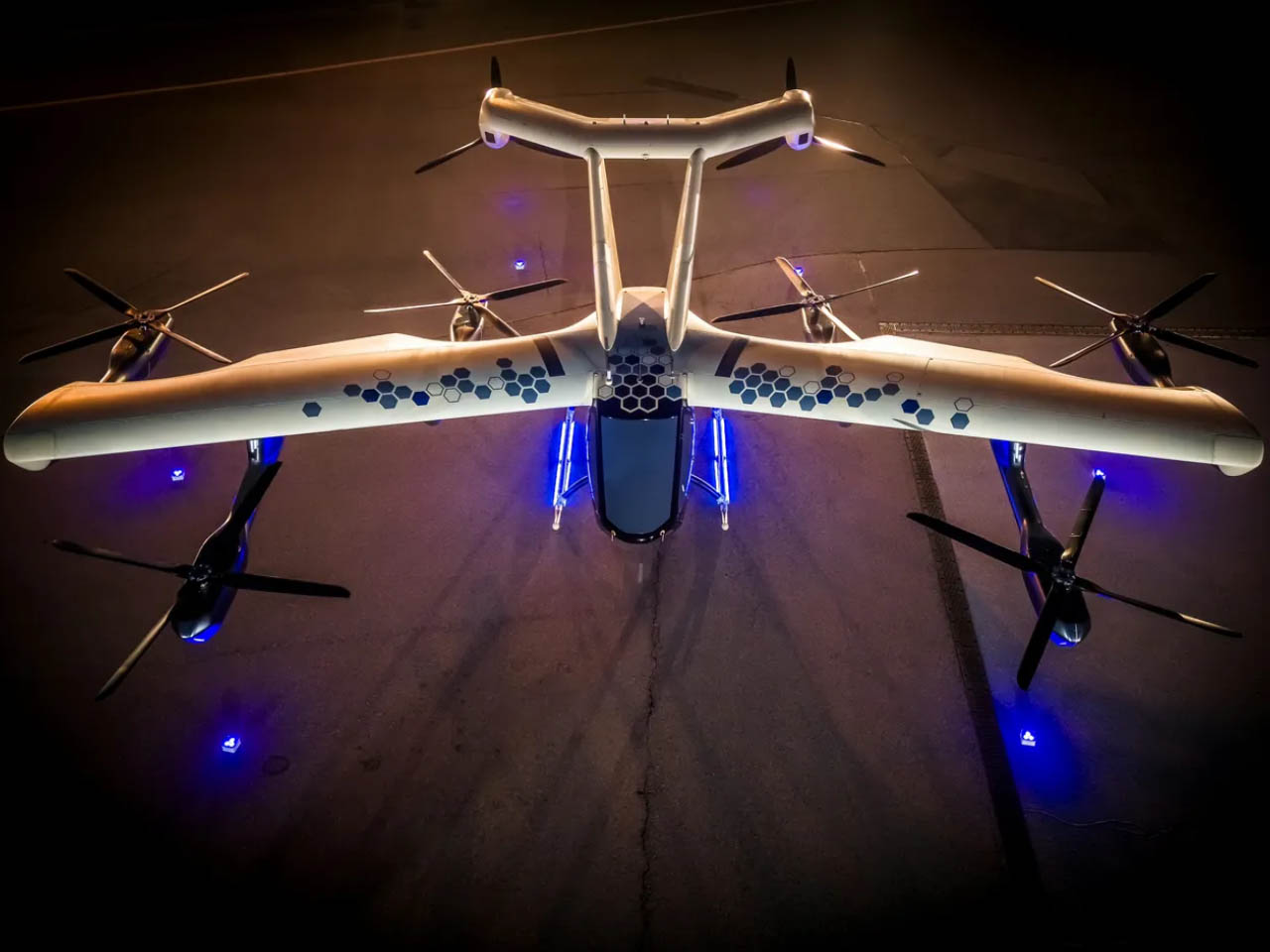
The aircraft is made from carbon fiber composite material that makes it robust and lightweight. It is propelled by eight electric-powered propellers as part of its distributed propulsion system, which along with other features would ensure it is not only used for private and commercial flying (as a heli taxi) but would also assist in medical use cases and the promotion of eco-tourism. Airbus suggests this is the first eVTOL in a series of prototype aircrafts the company intends to produce. With the advancement of battery density, such aircrafts would surely have a longer range and become a common sight over sprawling cities.
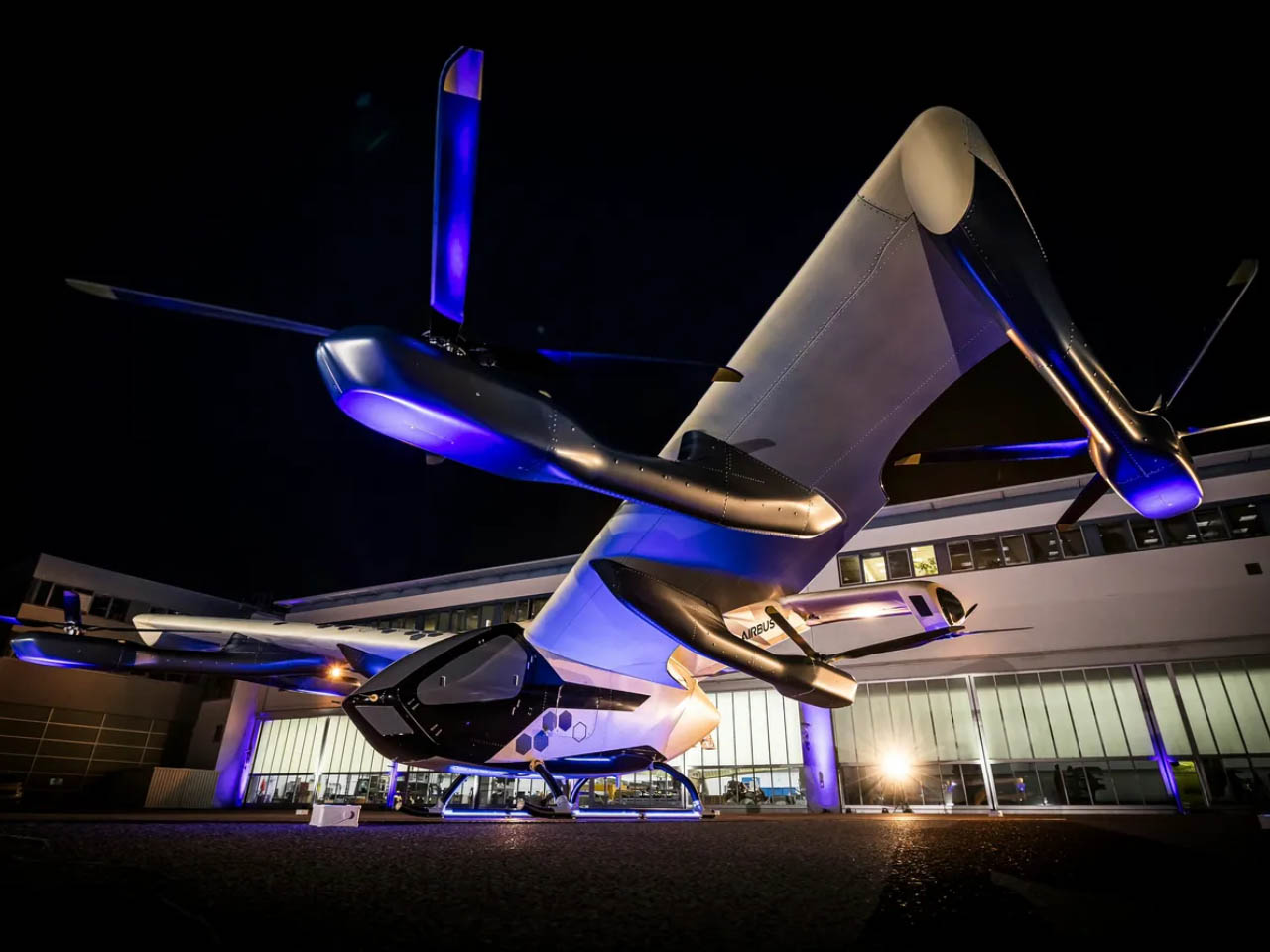
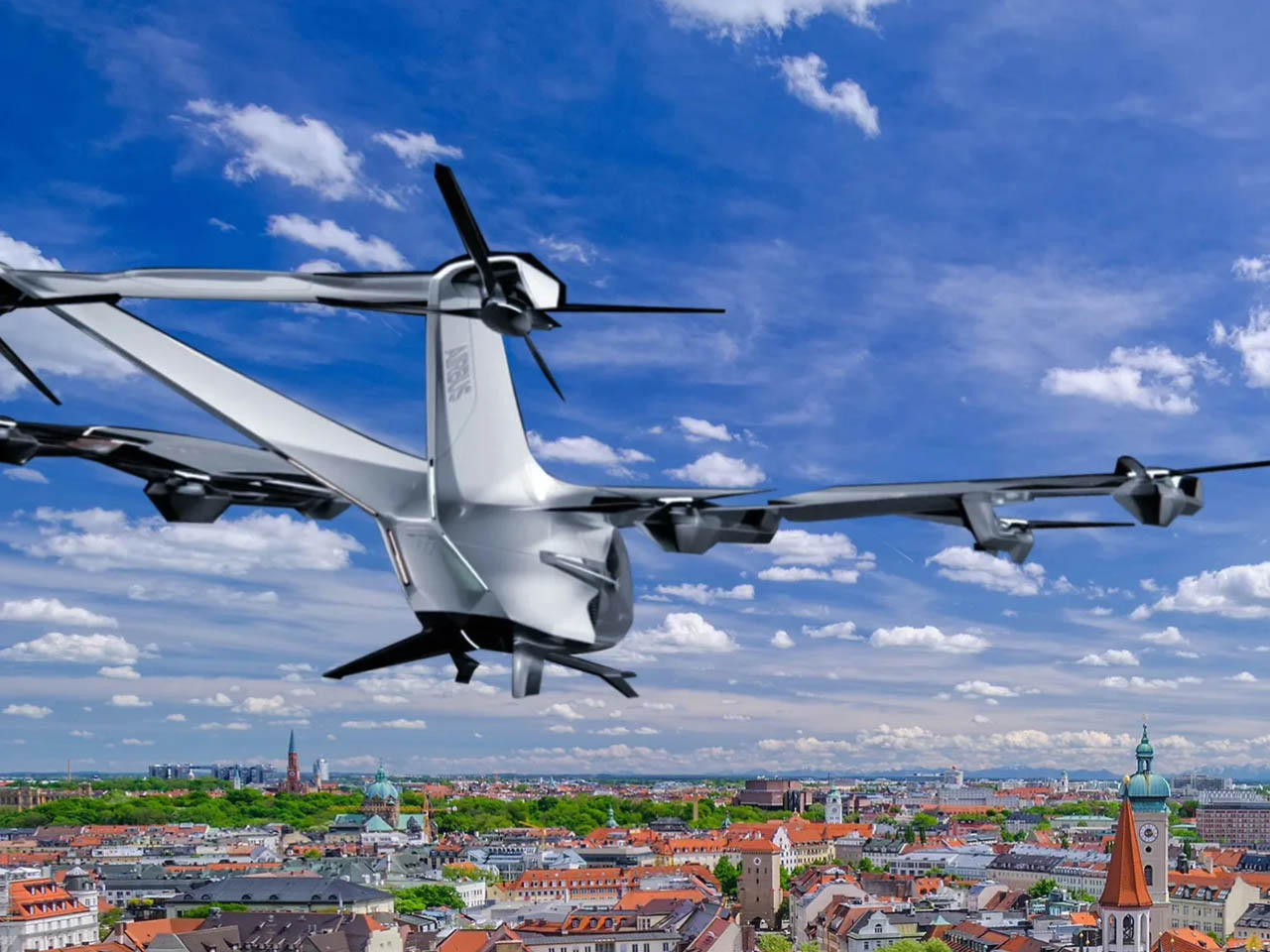
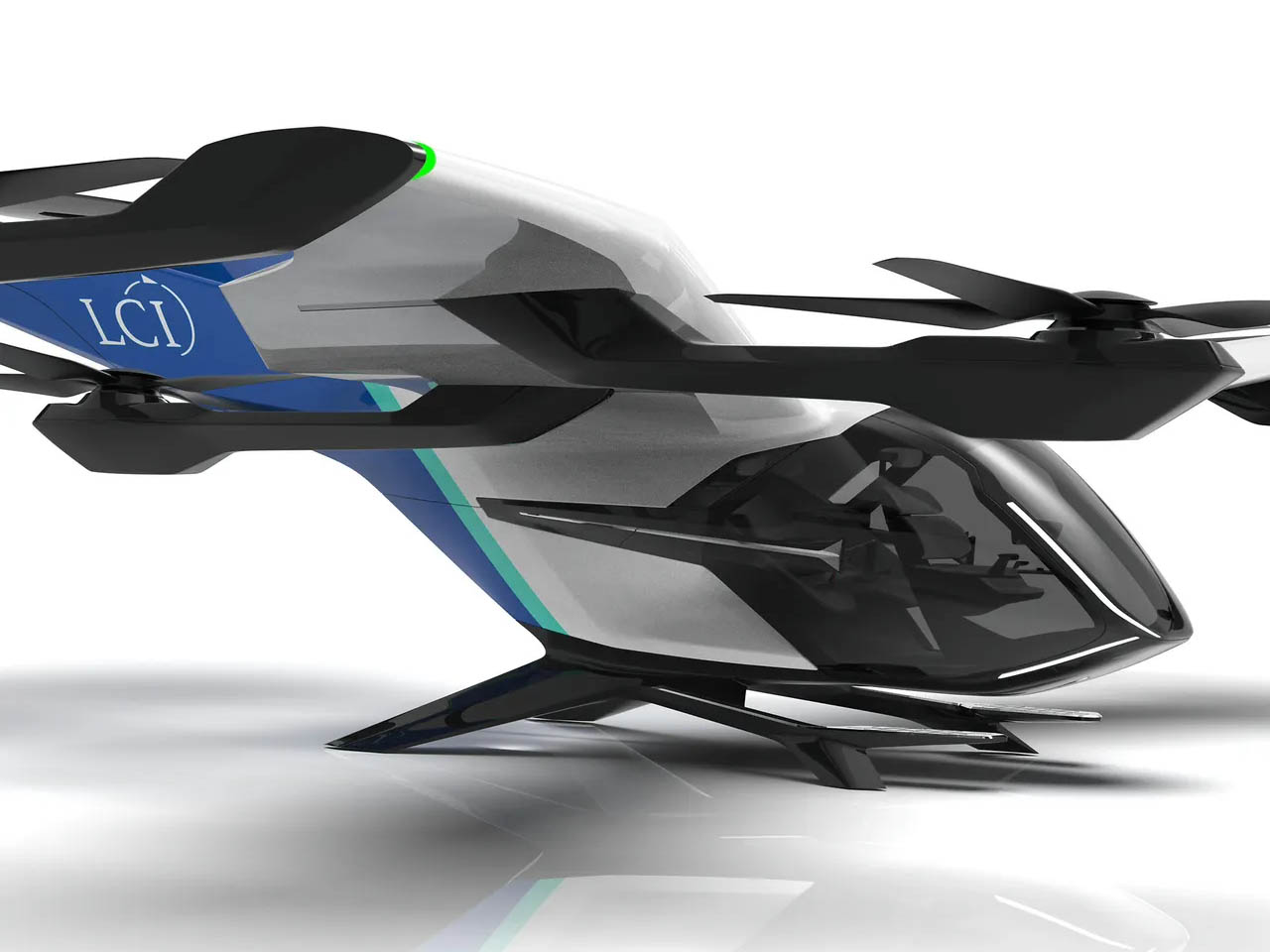
The post Fully-electric CityAirbus NextGen eVTOL makes pilotless take-off debut in Germany first appeared on Yanko Design.